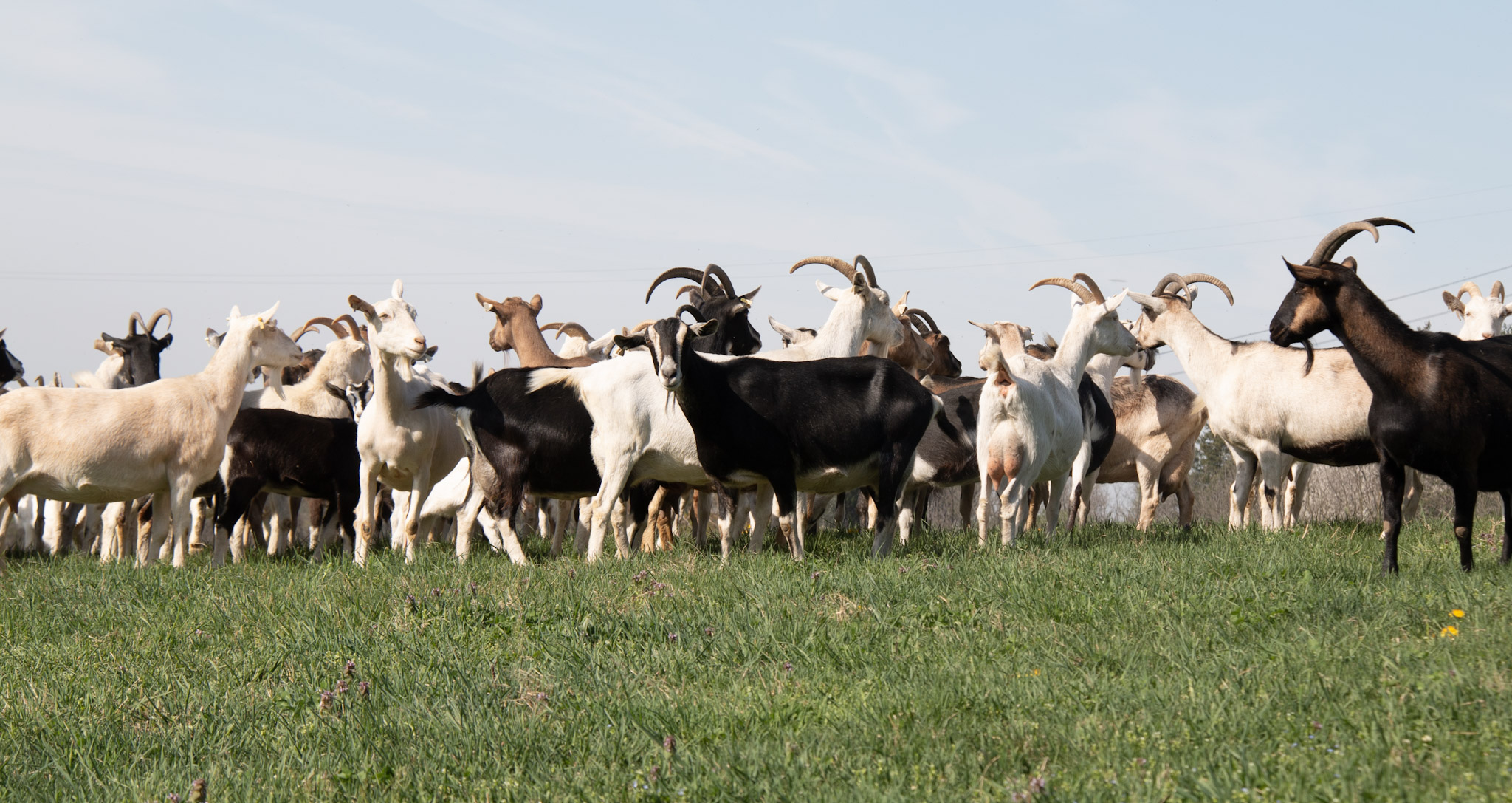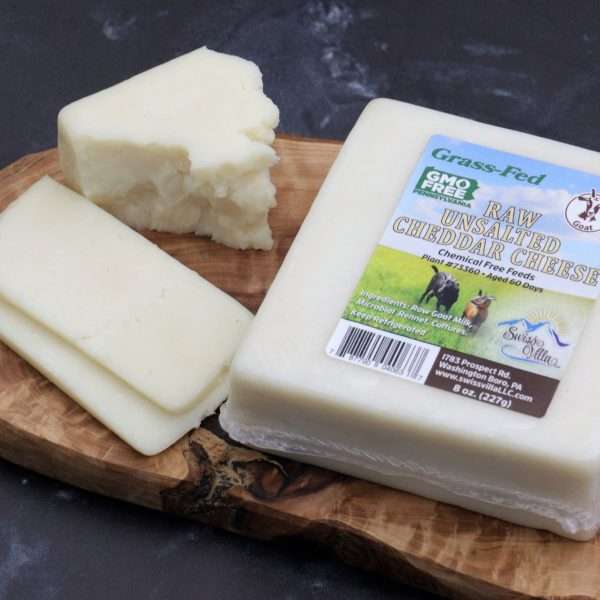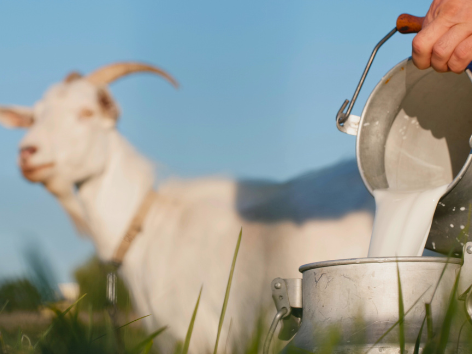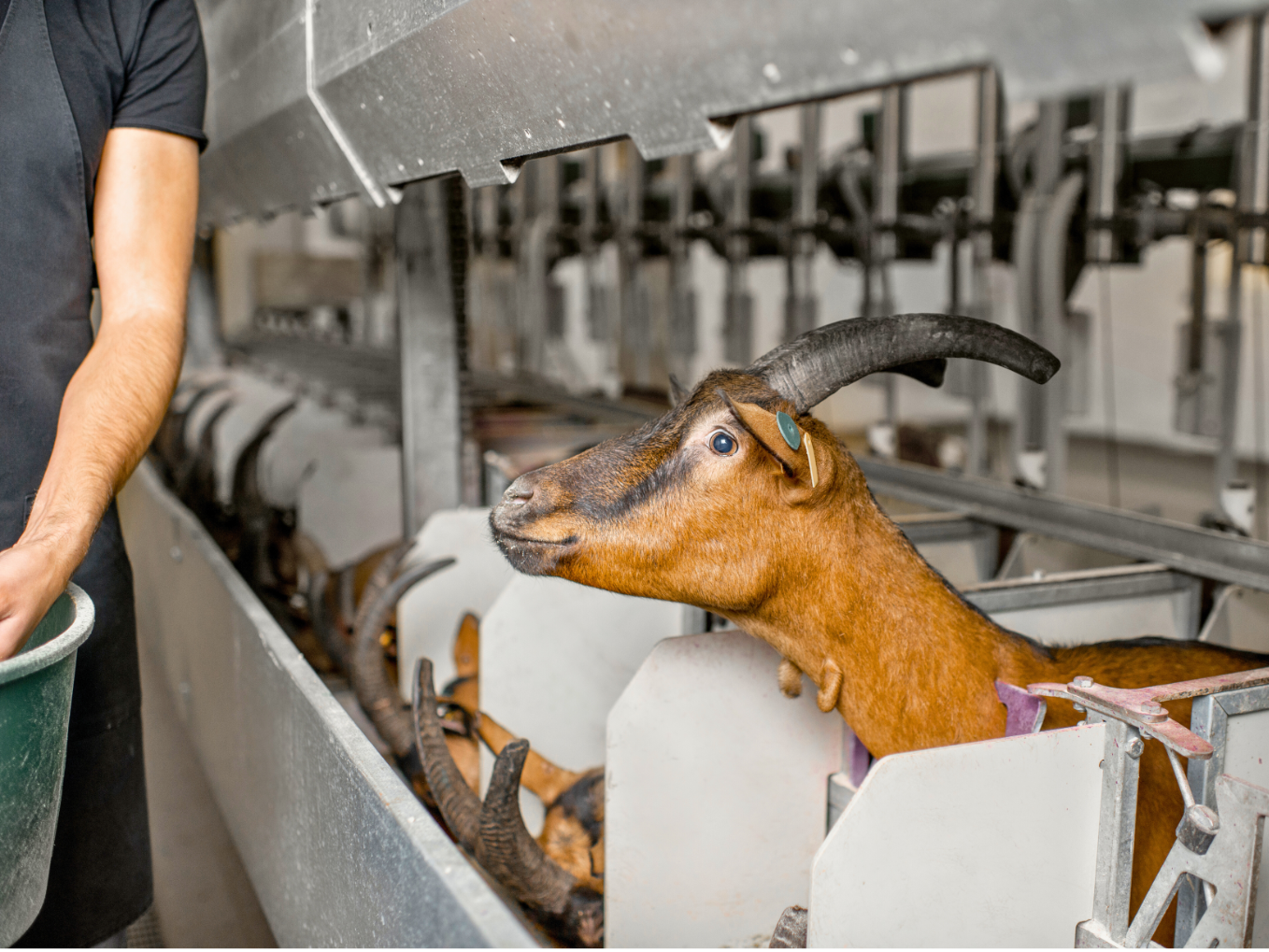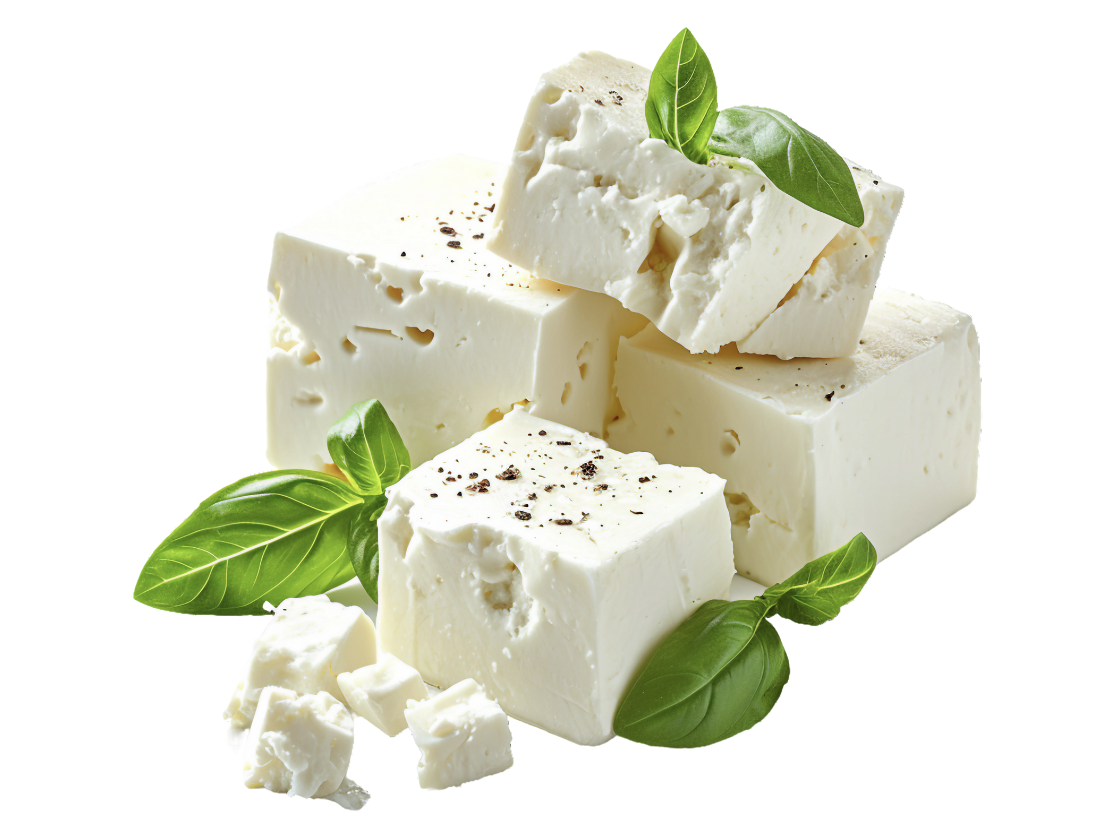Your cart is currently empty!
Goat Cheese
Showing 25–26 of 26 results
-
Bulk Raw Feta Goat Cheese | From 100% Grass Fed Milk | 5 lb
$133.14 — or subscribe and save 5% -
Bulk Raw Unsalted Cheddar Goat Cheese | From Grass Fed Milk | 5 lb
$133.14 — or subscribe and save 5%


